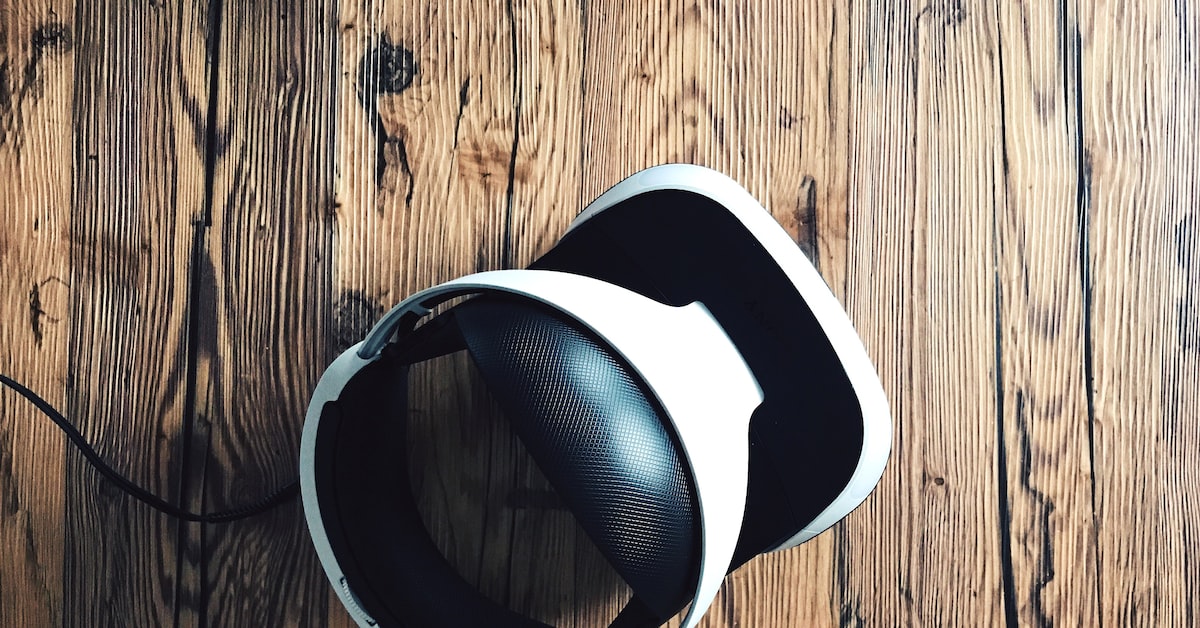Exploring the World of Brainwave Headsets: Controlling Tech with Thoughts
In the ever-evolving world of technology, there are constant innovations aimed at making our lives easier and more efficient. One such innovation is the brainwave headset, a remarkable device that allows users to control technology with their thoughts. This blog post aims to explore the fascinating world of brainwave headsets, their functioning, applications, and the potential impact they could have on our lives.
What are Brainwave Headsets?
Understanding Brainwaves
Before diving into brainwave headsets, it’s essential to comprehend what brainwaves are. Our brains produce electrical patterns known as brainwaves, which vary in frequency and amplitude based on our mental states and activities. There are different types of brainwaves, such as alpha, beta, theta, and delta, each associated with specific mental states like relaxation, concentration, deep sleep, etc.
The Brainwave Headset
A brainwave headset is a wearable device that utilizes sensors to detect and measure brainwave activity. It translates these brainwave patterns into digital signals that can be interpreted and used to interact with various technological devices.
How Brainwave Headsets Work
Sensor Technology
The key component of brainwave headsets is the advanced sensor technology they incorporate. These sensors typically use electroencephalography (EEG) to detect electrical activity in the brain. The headset is equipped with electrodes that come into contact with the user’s scalp, allowing the device to read brainwave signals.
Signal Processing
Once the brainwave signals are captured, they undergo signal processing within the headset. This processing involves amplification, noise reduction, and filtering to ensure accurate data representation. The processed signals are then converted into digital format for further analysis.
Brain-Computer Interface (BCI)
The brainwave headset is essentially a Brain-Computer Interface (BCI) device. The BCI technology allows users to communicate with computers and other digital devices using their thoughts. By wearing the headset and focusing on specific tasks or commands, users can control technology seamlessly.
Applications of Brainwave Headsets
1. Gaming and Entertainment
Brainwave headsets have opened up new possibilities in the gaming and entertainment industry. Gamers can now control characters or gameplay elements through their thoughts, offering a more immersive experience. Similarly, virtual reality applications become more interactive and realistic with brainwave-controlled interfaces.
2. Assisting People with Disabilities
Brainwave headsets have shown promising results in assisting people with physical disabilities. Individuals who are unable to use traditional input devices can communicate and interact with the world using brainwave-controlled assistive technologies.
3. Enhancing Learning and Education
In the field of education, brainwave headsets hold potential for revolutionizing learning experiences. Students can use their thoughts to interact with educational software, making learning more engaging and personalized.
The Future of Brainwave Headsets
The development of brainwave headsets is still in its early stages, but the potential for growth is immense. As technology continues to advance, we can expect brainwave headsets to become more refined, affordable, and widely accessible.
Ethical Considerations
With any emerging technology, there are ethical concerns to address. The use of brainwave headsets raises questions about privacy, data security, and potential misuse. As these devices become more mainstream, it will be crucial to establish guidelines and regulations to protect users and their data.
Brainwave headsets represent a fascinating frontier in the world of technology. The ability to control tech with our thoughts holds tremendous promise and can significantly impact various aspects of our lives. From gaming to healthcare and education, brainwave headsets have the potential to enhance experiences and improve accessibility for people worldwide. However, as with any technology, it is vital to approach their development and implementation with responsibility and care.



